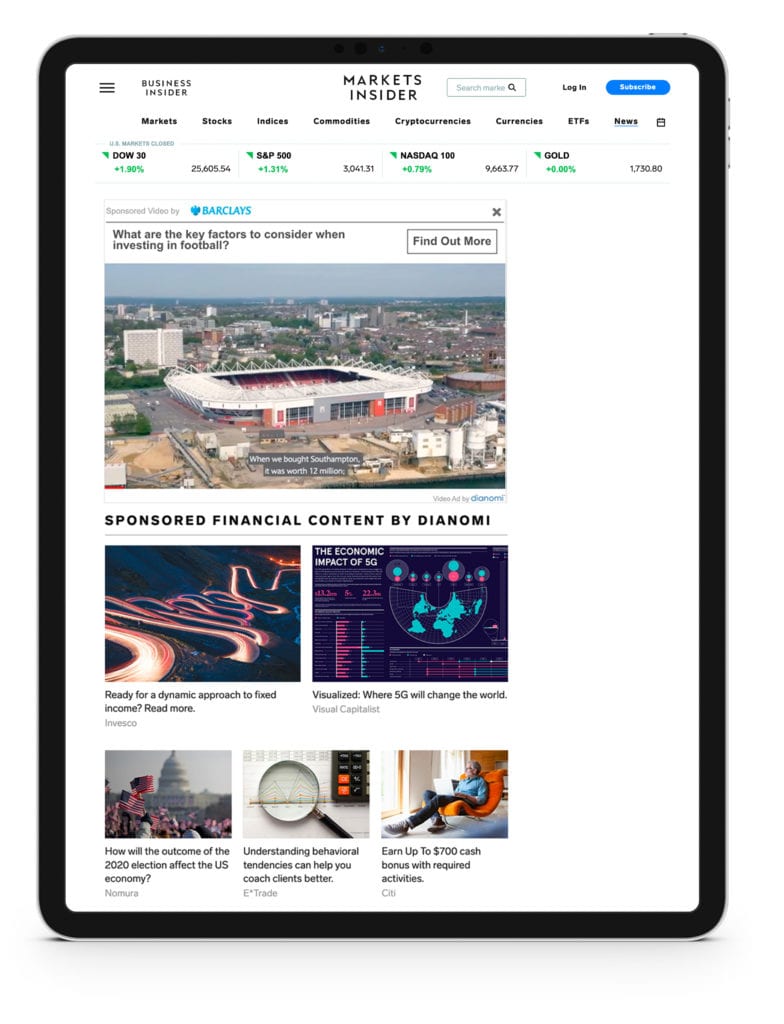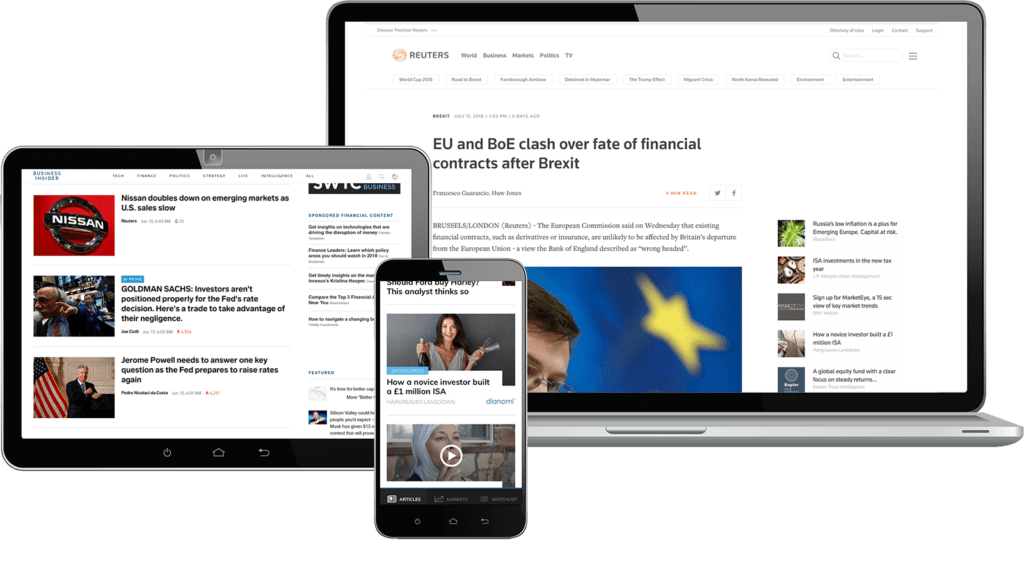Originally published in AW360
With protest movements, a pandemic, and privacy regulations like CCPA kicking into effect – there’s never been a more urgent time to invest in (and defend) brand marketing. But marketers can move forward with meaningful, authentic measures and messages, delivered in the right way, and reap dividends immediately and potentially for many years to come.
Consumers are hyper-aware of how brands are positioning themselves (as well as noting their silence) amidst the current climate. Even business-forward brands are being held accountable by customers. Privacy regulations are forcing a course correction on many programmatic strategies, but tough economic circumstances mean every penny of marketing spend is being challenged, reduced, or eliminated – especially if it’s hard to attribute to a specific KPI. So how can marketers justify and defend the budget for brand-building?
Solution: find the right balance of brand and performance. Take those brand-building assets: white papers, infographics, or e-books, and amplify them with native, contextual performance-based strategies. You’ll ensure your message and content appear in precisely the right context, in a quality environment and distributed at scale. Native campaigns can be a way to precisely deploy high-quality brand assets, distributed in the right environments.
As digital advertising moves beyond cookies and third-party data, native campaigns are the way to combine quality control, audience targeting and context that aren’t possible by relying solely on programmatic. The combination of brand and performance can be an exponentially powerful brand builder – especially as a means to market effectively in the COVID-19 era.
“As digital advertising moves beyond cookies and third-party data, native campaigns are the way to combine quality control, audience targeting and context that aren’t possible by relying solely on programmatic.”
The right context is key
The pandemic’s onset threw the world into an anything-but-business as a usual quagmire. The knee-jerk reaction for brands and advertisers was to quickly pull ads to avoid placements next to coronavirus-related content, leaving media publications hurting from ad revenue loss just as media consumption was at a high point. This was a huge missed opportunity for brands.
Rather than pulling ads altogether, smart brands pivoted to campaigns that would allow them to align creative to hit the right contextual note: some financial brands, for example, offered timely advice on shifting investment strategies to account for volatility.
Others, like location data company Unacast, provided pro-bono data to reinforce the importance of social distancing as a critical measure in fighting COVID-19. Brand loyalty is on the line across the industry – as we’re now seeing with the Stop Hate For Profit campaign against Facebook. Identifying the right content is the key first step, followed by the context in which it is delivered.
“The knee-jerk reaction for brands and advertisers was to quickly pull ads to avoid placements next to coronavirus-related content, leaving media publications hurting from ad revenue loss just as media consumption was at a high point.”
Performance and brand: not one versus the other
Regardless of the current climate’s dynamics, marketers are still under pressure to deliver immediate ROI. But without the right messaging, context, or format, performance-based tactics won’t provide any measurable value. Now is the time to reassess KPIs, marketing tactics and toolkit and consider adding different delivery methods and yardsticks, adding cost-per-click options to CPM based campaigns. Programmatic remains a foundational strategy to effectively target consumers. But with consumers paying closer attention to the posture, position and behavior behind a brand message, marketers need to prioritize methods that grant them more control. Native or sponsored content can be a smart supplement or option to automated tactics to ensure brand messages are hitting home in a safe, premium environment.
As early signs begin to point to recovery from the coronavirus pandemic, it’s carpe diem time for brands and advertisers to lean in — now — for success moving forward. Having a strong brand message and presence is not only critical to maintaining customer loyalty during this time but will also influence customer acquisition and retention. Leveraging the right performance-based tactics to catapult topical, engaging and authentic native content, in a premium context and in front of the right audience at precisely their moment of interest is a powerful way to augment campaign plans and deliver meaningful results.










